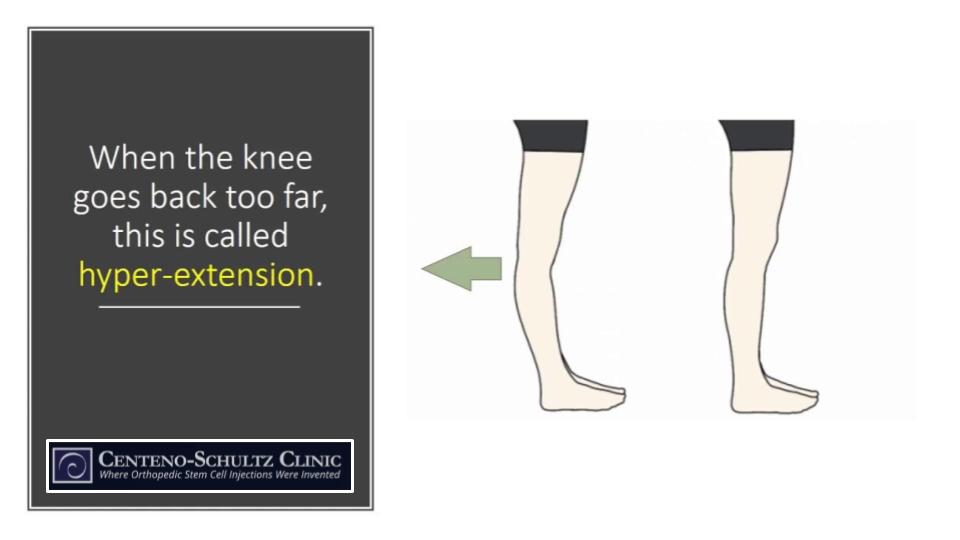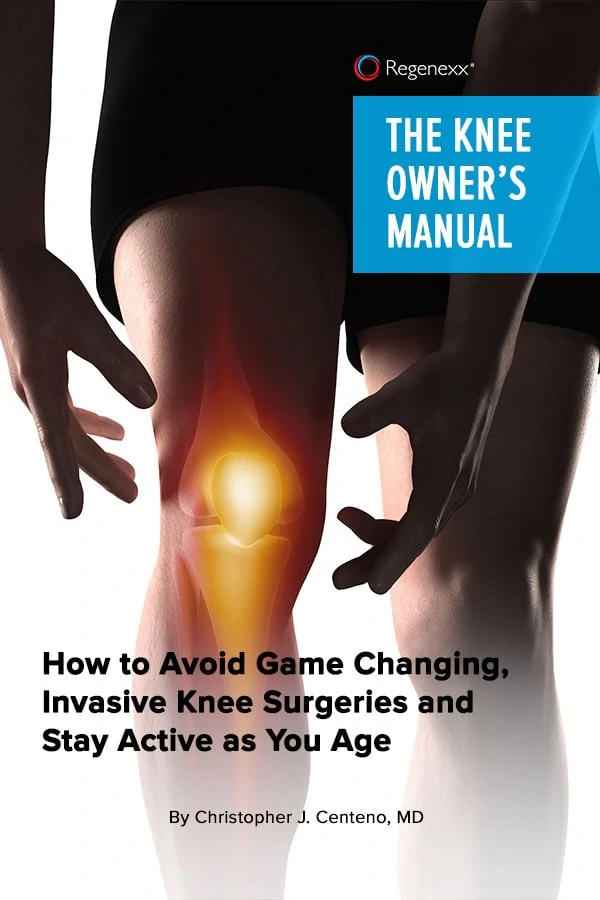The PCL is a ligament in the knee that can become torn or loose, and there’s a telltale sign when this occurs. Stand in front of a full-length mirror and turn to the side. Take a look at your legs; are both legs straight and even, or does one knee dip back a bit farther than the other? It may be subtle and something you’ve not noticed before, or it may be more pronounced and something you’ve been concerned about. This is called knee hyperextension, and today, we’re going to explore why it may be due to an issue with an important ligament called the posterior cruciate ligament (PCL).
Knee Hyperextension and the PCL
There are a few possible reasons that a knee might hyperextend. You could have been born with knee hyperextension; however, this would be a congenital condition that would likely affect both knees. Poor posture is another possibility, which can result from core muscles that have become weak. A third possibility, and one we often see and that we will focus on today, is that a ligament in the knee called the posterior cruciate ligament has either torn or become lax.
You’ve likely heard of the anterior cruciate ligament (ACL) in the knee as it is the one that tends to become damaged most often, especially in athletes. But the knee also houses the posterior cruciate ligament (PCL), and it is a very important ligament as well. It might not have quite the potential for damage, and therefore get the attention, the ACL does, but it, too, can cause significant problems when it becomes torn or loose.
The PCL shares the middle knee space with the ACL, but attaches at different points. Stretching diagonally through the knee space, the PCL attaches at the back of the knee to the top of the tibia (lower-leg bone) and at the front to the bottom of the femur (the upper-leg bone). The function of the PCL is to help stabilize front-back motion in the knee and provide control and proper range of motion. A properly functioning PCL stops the knee from slipping back too far. When there is knee hyperextension, this is a sign that the PCL may be torn or lax (loose). Left unaddressed, over time, the instability this creates can wreak havoc on the joint.
Do You Have a Loose or Torn PCL?
One way you can test yourself (besides the visual mirror test above) to see if a PCL is torn or loose is to perform a knee tibial rotation self test (available at this link and seen in the video below) to check for lax knee ligaments. Beyond this, you’d need to see your interventional orthopedic physician for an exam and an MRI for confirmation.
So you think you might have a damaged PCL—how did it get that way?
Causes of PCL Damage
Like the ACL, the PCL, too, can tear or become damaged in athletes. For example, when a football player is tackled from the front. Weak leg muscles can also result in PCL laxity. Irritated low-back nerves and muscle atrophy are examples that can cause the leg muscles to weaken in the first place. Torn or loose PCLs means knee instability, and if unaddressed, arthritis and other issues can develop. It’s important to note that when we perform knee MRIs on patients with knee hyperextension, we often see PCLs with small or partial tears. Radiologists often miss these or don’t find them significant; however, even these small PCL tears on MRI should be addressed so no further damage occurs. Learn more about this in Dr. Centeno’s video below.
Nonsurgical PCL Treatment
The good news is that treatment of a lax or torn PCL can usually be accomplished without the need for surgery, using advanced and precise image-guided injections of platelet-rich plasma (PRP). This isn’t a treatment a traditional orthopedic surgeon can do as specific interventional orthopedic technical skills are required to properly perform these injection procedures on the PCL.
If you have knee hyperextension, or your knee goes back too far, you may not even pay it much attention at first. But the sooner you address it, the greater the chance that you will be able to protect the joint from further damage. Precise PRP injections can usually do the job!

